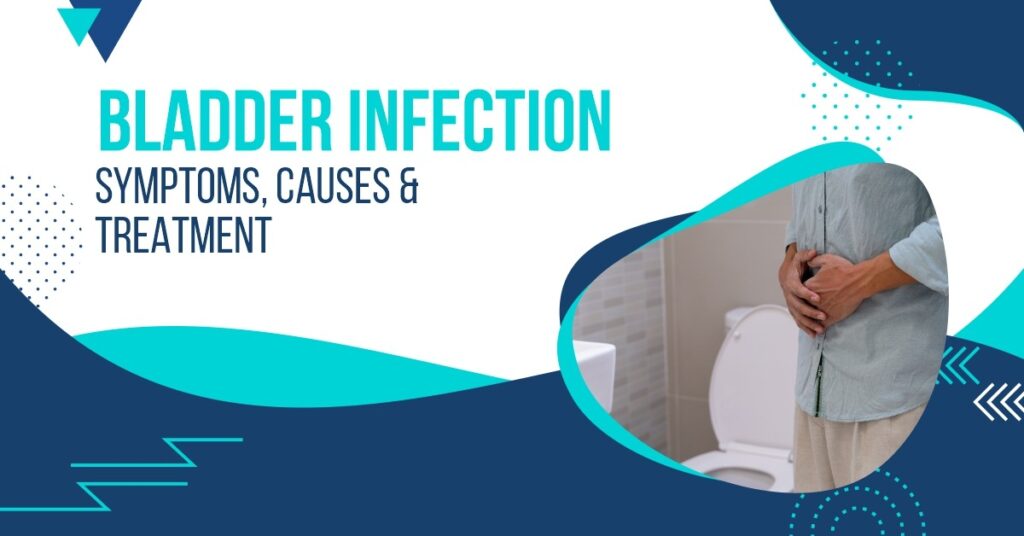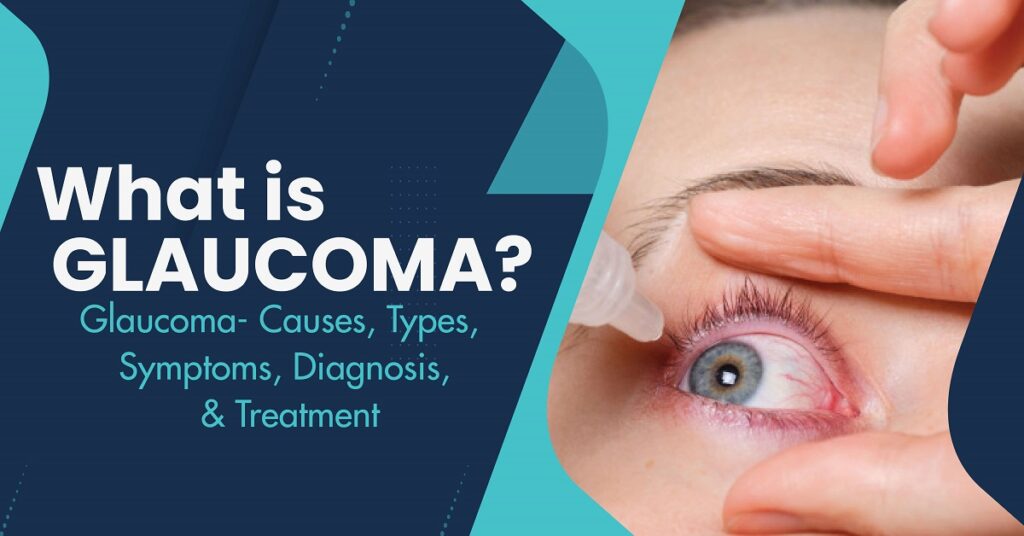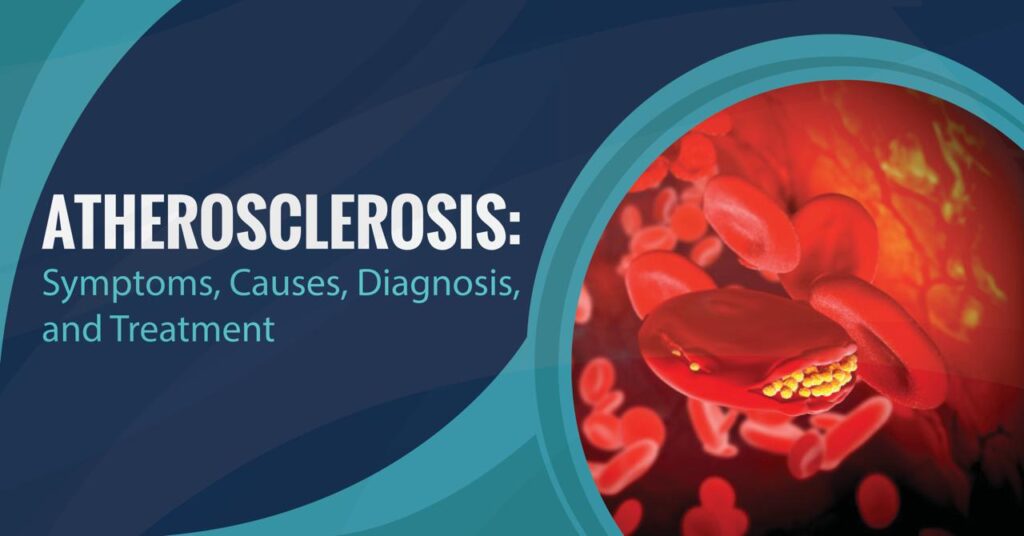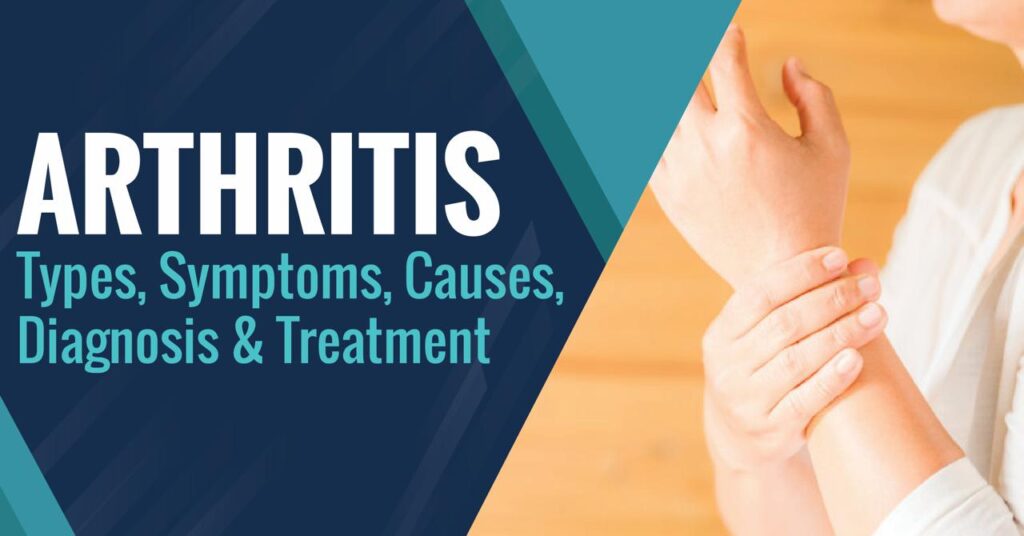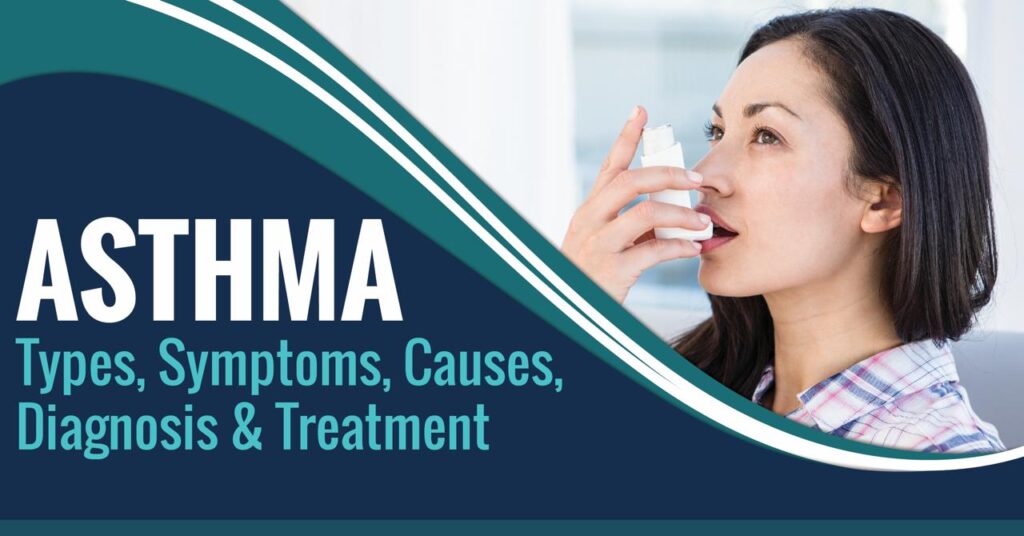What is a bladder infection (Cystitis)?
Inflammation occurs when something in your body becomes red, swollen, or inflamed. Common causes of cystitis are urinary tract infections (UTI), which occur when bacteria enter the bladder or urethra and multiply there.
In some cases, cystitis is caused by bacteria that are naturally found in the body, which can cause an infection and inflammation. Cystitis is not always caused by an infection. For instance, sometimes certain medicines and hygiene products can also cause inflammation.
Treatment for cystitis depends on the cause of the infection, such as antibiotics or hygiene products. Medicines and hygiene products can also cause cystitis, so girls need to be very careful about hygiene.
Cystitis most often affects women, but it can affect anyone at any time. Cystitis is acute and occurs suddenly in most cases. Interstitial cystitis disorders usually last for a long time.
Bladder Infection Symptoms
There will be immediate changes during urination when you have a bladder infection depending on the severity. Some of the most common symptoms are:
- Inflammation on either the side (flank), the abdomen, or the pelvis.
- Pressure in the lower pelvis area.
- Urinary incontinence (urinate too often), frequent need to urinate (frequency), and urgency to urinate (urine leakage).
- Blood in the urine and painful urination (dysuria).
- Need to urinate all night, causing disturbance of sleep.
- Color and odor of urine that are abnormal (cloudy urine).
A urinary tract infection can also cause the following symptoms:
- Pain in the urethra during sex.
- Pain in the penis.
- Insomnia, or back pain in the lower back or the flanks (sides of the body).
- Confusion in making decisions, and mental changes.
Bladder Infection causes
A bladder infection is usually caused by E. coli bacteria that are on your skin and in your intestines. These organisms cause infections when they get into the urethra and travel to the bladder.
For several reasons, women are more likely to get bladder infections than men. A woman’s urethra is shorter, and it’s located close to the vagina and anus, where bacteria usually live.
You can acquire bacteria through having sex, wiping after using the bathroom from back to front, using a tampon, or using a diaphragm for birth control. Your bladder can become blocked by the baby during pregnancy, preventing it from fully emptying and giving bacteria a place to thrive.
After Menopause causes a decrease in estrogen levels. This causes a thinner urethral lining and a change in the bacteria balance in the vagina, increasing the risk of infection.
You Can Read Also: What Is Atherosclerosis?
The most common cause of bladder infections in men is a prostate infection. However, blocks, like bladder stones or enlarged prostates can prevent the bladder from fully emptying and thus cause infection.
Types of cystitis (Bladder infection)
There are two types of cystitis. In terms of the types of cystitis, acute cystitis occurs suddenly, while interstitial cystitis (IC) occurs over a while, affecting multiple layers of bladder tissue.
There are many possible causes of acute and interstitial cystitis. The cause will determine the type of cystitis a person has.
- Bacterial cystitis: Infections in your urethra or bladder are caused by bacteria entering your body and causing an infection. They can also affect you when your body’s normally growing bacteria become unbalanced. The result is cystitis or inflammation of your bladder. The treatment of a bladder infection is extremely important. If the infection spreads to the kidneys, it can cause serious health problems.
- Drug-induced cystitis: Some medications can trigger inflammation in your bladder. The medicine passes through your body and eventually exits through your urinary system. Many medications will irritate your bladder as they exit your body. Cyclophosphamide and ifosfamide are examples of chemotherapy drugs that can cause cystitis.
- Radiation cystitis: Unlike chemotherapy, radiation therapy kills cancer cells and shrinks tumors, as well as damaged healthy cells and tissues. Radiation treatment in the pelvic area may cause bladder inflammation.
- Foreign body cystitis: Inflammation can be caused by both bacteria and damaged tissues in the urinary tract when you use a catheter indefinitely to facilitate the release of urine from your bladder.
- Chemical cystitis: You should avoid certain hygiene products since they can irritate your bladder. Erratic bladder products can cause cystitides, such as spermicidal jelly, spermicide diaphragms, and chemicals from bubble baths.
Diagnosing bladder infections
There are various ways to diagnose bladder infections some of them are as follows-
- Basic Test: Diagnosis of bladder infections can be determined by a test. A urinalysis is a test that a doctor performs on a urine sample to determine whether there are any of the following substances:
- white blood cells
- red blood cells
- nitrites
- bacteria
The doctor may also perform a urine culture, which determines what kind of bacteria are present in the urine and which antibiotic will work best. Once the type of bacteria is identified, antibiotic sensitivity tests will determine which antibiotic to use.
- Advanced Tests: Sometimes, knowing the cause of the infection is important, because medicine alone may not be enough to treat it. Often a bladder infection isn’t a serious health concern, but it may be an inconvenience.
If you fall into one of these categories, you may be given more advanced tests:
- Children
- Men (Men do not get the bladder infection, it may be the sign of something else, so they need to do the advanced test.
- People who had a kidney replacement.
- Women who get three or more bladder infections a year or urinate with blood.
Other ways to find the cause of bladder infections are:
- Cystoscopy: During a cystoscopy, your doctor inserts a thin tube with a camera into your urethra to check for problems or to take a tissue sample for further analysis, it is also called a biopsy.
- Imaging: Ultrasound, CT scans, and MRIs can detect tumors, kidney stones, and other health complications
- Intravenous urogram (IVU): Imaging the kidney, ureters, and bladder is done with contrast dye using X-rays in this process.
- Voiding cystourethrography: To find out if there is any urine backing up from the bladder towards the kidneys, your doctor inserts a dye into your bladder.
- Retrograde urethrography: To detect problems within the urethra, contrast dye is used.
Bladder infection treatment
Antibiotics are usually prescribed for both simple and complicated urinary tract infections, but the type of antibiotic and its duration depend on the particular situation. A few examples of antibiotics the doctor might prescribe include amoxicillin, (Bactrim), ciprofloxacin, sulfamethoxazole/trimethoprim, and nitrofurantoin (Macrobid).
The specific medication needed for your condition and the organisms responsible for it will depend on your health care provider’s decision.
Lower urinary tract infection (cystitis, or bladder infection):
- An antibiotic course of three days is usually enough for a healthy person. However, some health care providers prefer a seven-day course. Sometimes, a single dose of an antibiotic can also be used. A health care professional will determine which of these options is most appropriate.
- Males with an infected prostate (prostatitis) may need to be treated with antibiotics for four weeks or longer.
- Generally, antibiotics are given to adult females with kidney involvement, urinary tract abnormalities, or diabetes.
- Antibiotic treatment is usually given for 10 days to children with uncomplicated cystitis.
- In addition to antibiotics for one to two days, Phenazopyridine (Pyridium) or similar medication can alleviate burning pain during urination.
Upper urinary tract infection (pyelonephritis):
- Those with symptoms of pyelonephritis who are young and otherwise healthy can receive treatment as outpatients. In the emergency department, they may receive IV fluids and antibiotics or receive an antibiotic injection followed by 10-14 days of oral antibiotic therapy. In one to two days, they should contact their healthcare professional to monitor their progress.
- It may be necessary to implant an IV in the arm of someone who is very ill, dehydrated, or vomiting excessively. Until he/she is well enough to drink fluids and take oral antibiotics, he/she will be hospitalized and given fluids and antibiotics through an IV line.
- It may take several weeks to treat an acute infection that is complicated and severe.
Like sexually transmitted diseases (STDs), urinary tract infections are often caused by the same bacteria. Therefore, people with symptoms of STDs (unusual vaginal bleeding or penile discharge, for instance) should be treated with appropriate antibiotics. In case of pain in the genital area, your doctor needs to conduct a urinalysis as well as check for UTIs.
Who is at risk of cystitis?
Cystitis is associated with the following risk factors:
- Female gender
- Shorter urethra
- Less distance between the urethra and anus
- History of urinary tract infections
- Use of a diaphragm with spermicide
- Postmenopausal status (low estrogen so the loss of protective vaginal flora)
- Sexual intercourse (introduction of bacteria in the urethra)
- Genetic predisposition or family history
- Homosexual men
- Lack of circumcision
- Old age
- Immobility
Foods Increasing Risk of Cystitis:
There is some evidence that certain foods increase the risk of cystitis.
- Spicy foods
- Coffee or tea
- Citrus fruit
- Carbonated and alcoholic drinks
- Vitamin C
Women’s Risk:
Although researchers have yet to uncover the reasons behind the prevalence of bladder infections in women, it is believed that this is because women’s urethra is short, and its opening is close to the ranch. Thus, bacteria can easily travel from the colon to the bladder.
You Can Read Also: BAD BREATH: CAUSES, TREATMENTS, AND PREVENTION
An infection of the bladder can be caused by many factors, including:
- Bacteria can be introduced into the urinary tract through sexual activity.
- Women who use diaphragms and spermicides can alter their urethra’s bacterial composition.
- A UTI can endanger an unborn child during pregnancy due to changes in anatomy and physiology (consult a doctor immediately if you suspect a UTI during pregnancy)
- Diabetes
- Poor hygiene
- Increased age
- Once a woman has a UTI, the risk of developing another one increases dramatically. These conditions suppress the immune system and make emptying the bladder becomes difficult.
Top tips to prevent further bladder infections
Combining medical and home treatments can help ease symptoms of UTI. Renal and blood infections are the most severe consequences of untreated UTIs. Here are some tips which help you to prevent further bladder infections:
1. Drink more fluid: Water can keep your bladder healthy; at least half of your fluid intake should be water. Healthy adults should consume six to eight 8-ounce glasses of fluid each day. Ask your consultant for the intake of water.
2. Limit alcohol and caffeine: It may be helpful to cut back on alcohol and caffeinated foods and beverages such as coffee, tea, chocolate, and most sodas.
3. Quit smoking: Smoking is injurious to any condition, so if you smoke- quit it.
4. Maintain a healthy diet and weight: Maintaining a healthy weight can be achieved by eating a healthy diet and exercising.
5. Exercise daily: Exercise is the most important part that everyone should follow daily. Constipation and bladder problems can be prevented by physical activity.
6. Avoid constipation: Drinking enough water and eating foods high in fiber (such as whole grains, green vegetables, and fruits) can help prevent constipation.
7. Use the clean bathroom often and when needed: You should urinate every three to four hours to prevent your bladder from weakening and causing you to suffer a bladder infection.
8. Do Kegel exercise: Kegel exercises commonly known as pelvic floor exercises strengthen the muscles that help hold urine in the bladder. By doing these exercises daily, you can keep urine from leaking when you sneeze, cough, lift, laugh, or have the urge to urinate suddenly.
9. Take enough time to fully empty the bladder when urinating: A bladder infection can occur if the urine stays in the bladder for a long period when you urinate in a hurry.
10. Wear cotton and loose-fitting clothes: If you wear loose clothing, air will visit the area around your urethra to keep it dry. Wearing jeans that are too tight can trap moisture, which can promote bacteria growth.


